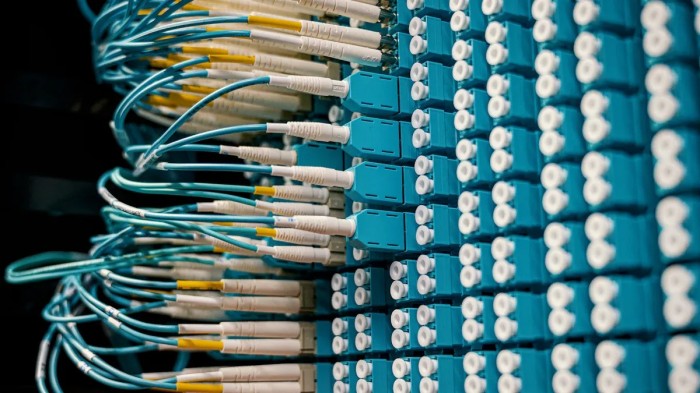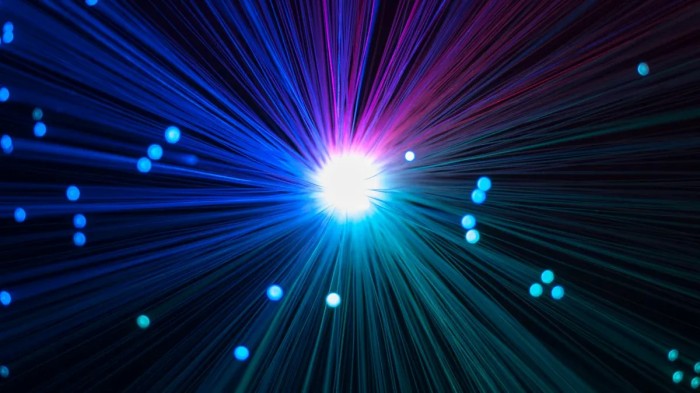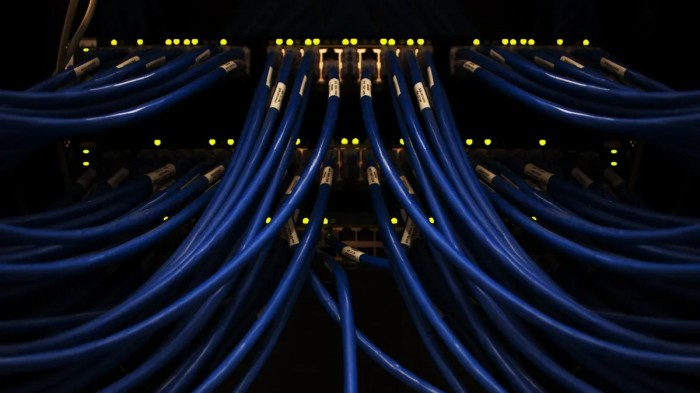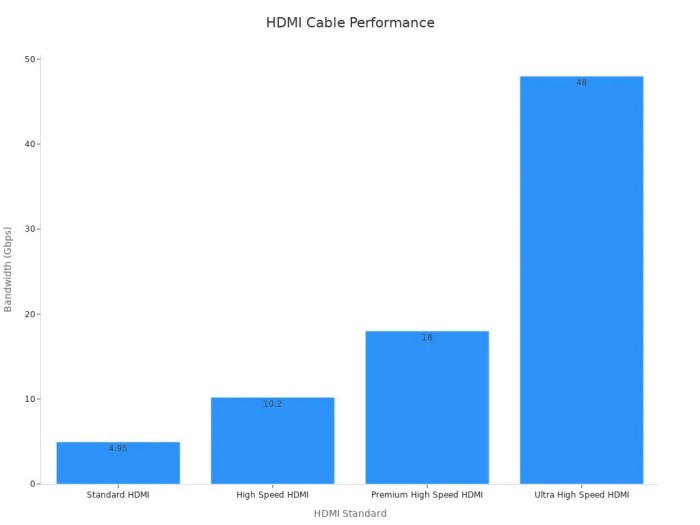High Speed Cable solutions are crucial in today’s technology landscape. They enable rapid data transmission, ensuring devices like computers, TVs, and gaming consoles remain seamlessly connected. As digital services expand globally, the demand for High Speed Cable systems continues to rise.
- The global data cable market was valued at $19.18 billion in 2022.
- It is projected to grow at an annual rate of 8.51%, reaching $45.37 billion by 2032.
- Emerging technologies such as 5G, IoT, and edge computing rely on High Speed Cable infrastructure for efficient communication.
- The rollout of 5G networks has significantly increased the need for advanced fiber optic High Speed Cable solutions.
With the proliferation of connected devices and the growing demand for faster internet, High Speed Cable systems ensure a reliable and steady connection.
Key Takeaways
- Fast cables move data quickly, helping TVs and game consoles work well.
- Picking approved cables works better and lasts longer, saving money.
- Types like HDMI and Ethernet do different jobs; pick what fits.
- Good cables improve fun with 4K video and clear sound.
- Make sure cables match your devices to get the best use.
What Are High-Speed Cables?
Definition and Purpose
High-speed cables are special wires made to send data quickly. They are important in places like data centers and powerful computer setups. These cables save money and use less power compared to optical modules. They are built with silver-coated wires and foam cores to work better by cutting delays and blocking interference.
High-speed cables come in types like 10G SFP+ to SFP+ and 40G QSFP+ to QSFP+. Each type is made for certain uses and works well with fast network devices.
These cables help keep data moving smoothly and reliably where speed matters most. Whether you’re watching a high-quality video or moving big files, high-speed cables make sure everything works fast and without problems.
Key Features and Functionality
High-speed cables are known for their great features and how well they work. They can handle very fast data speeds, which is crucial today. For example, USB cables have improved a lot, going from 12 Mbps in USB 1.0 to 80 Gbps in USB4. HDMI cables are also key for sending clear video and sound, supporting up to 8K resolution.
Here are some main features of high-speed cables:
- Data Transfer Rates:
These cables move large amounts of data very fast. For example:- USB 3.0 can reach speeds of 5 Gbps.
- Thunderbolt 3 can go up to 40 Gbps.
- HDMI cables send video and sound at super-fast speeds.
- Impedance Consistency:
Keeping impedance steady, usually between 50 and 125 ohms, helps signals stay strong and prevents data loss. - Low Attenuation:
These cables reduce signal loss over long distances, keeping data quality high. - Material Quality:
Using materials like tin- or silver-coated copper improves how well they carry signals. Insulation like PVC or TPE makes them flexible and long-lasting for many uses.
Here’s a table showing how high-speed cables perform better than older ones:
| Cable Type | File Size (KB) | Download Time (seconds) | Connection Speed (KB/s) |
|---|---|---|---|
| Coaxial Cable | 13871 | 1476 | 9.4 |
| Unshielded Twisted Pair | 13871 | 1101 | 12.6 |
| Optical Fiber Cable | 13871 | 397 | 34.9 |
This table shows how high-speed cables, like optical fiber, are much faster and better than older cables like coaxial or twisted-pair ones.
High-speed cables also support cool features like 3D video, deep color, and HDR. This makes them perfect for modern entertainment systems. HDMI cables, for instance, give you clear video and amazing sound. Whether you’re watching movies, gaming, or on a video call, these cables deliver the best quality and performance.
Types of High-Speed Cables
High Speed HDMI Cable
A high-speed HDMI cable sends clear video and sound. It works with 4K resolution at 24 frames per second (fps). This makes it great for home theaters and gaming. With 10.2Gbps bandwidth, it plays high-quality videos smoothly. It also supports HDR and wide color ranges.
When buying one, check for HDMI certifications. Certified cables work better and reduce signal problems. Premium High-Speed HDMI cables handle 4K at 60 fps and up to 18Gbps. These are perfect for setups needing sharper images and faster refresh rates.
Here’s a simple comparison of HDMI types:
| HDMI STANDARD | Bandwidth (up to) | AV Capabilities |
|---|---|---|
| Standard HDMI | 4.95Gbps | 1080p |
| High Speed HDMI | 10.2Gbps | 4K24, HDR, wide color gamuts |
| Premium High Speed HDMI | 18Gbps | 4K60, 4:4:4 chroma sampling, 8K at lower fps |
| Ultra High Speed HDMI | 48Gbps | Uncompressed 8K video – 8K60, 4K120 |
Ultra High-Speed HDMI Cable
Ultra high-speed HDMI cables are the newest type. They support 8K video at 60 fps and 4K at 120 fps. This gives amazing visuals on modern screens. With 48Gbps bandwidth, they send high-quality content without delays.
These cables also work with older HDMI devices. Look for the “Ultra High-Speed HDMI Certification” label. This ensures the cable supports features like HDR, deep color, and better sound (eARC).
USB Cables
USB cables are used for charging and moving data. Over time, USB technology has improved a lot. USB 2.0 is basic, while USB 3.2 and USB 4 are much faster. USB Type-C connectors are reversible and support many USB types.
Here’s a quick look at USB types:
| Specification Type | Description |
|---|---|
| USB 2.0 | Standard for USB data transfer |
| USB 3.2 | Enhanced data transfer capabilities |
| USB 4® | Latest USB standard for high-speed data |
| USB Type-C® | Connector type supporting various USB |
| USB PD | Power Delivery compliance specifications |
The first USB 80Gbps 240W Type-C cable is very fast. It can transfer data at 80Gbps and charge devices quickly. This makes it a great choice for modern gadgets.
Ethernet Cables
Ethernet cables help connect devices to networks for fast communication. They are used in homes, offices, and data centers. These cables link computers, routers, and other devices. They are built to handle fast data transfer, making them great for streaming, gaming, and video calls.
There are different types of Ethernet cables, like Cat6 and Cat7. Cat6 cables are dependable and can reach speeds of 1 Gbps over 100 meters. For shorter distances, they can go up to 10 Gbps. Their special design reduces signal problems, keeping the connection steady. Cat7 cables are even better. They support 10 Gbps speeds over 100 meters and have a bandwidth of 600 MHz. This makes them perfect for high-speed tasks.
Here’s a simple comparison of Cat6 and Cat7 cables:
| Cable Type | Maximum Speed | Distance | Bandwidth |
|---|---|---|---|
| Cat6 | 1 Gbps (100m), 10 Gbps (55m) | Up to 100m | N/A |
| Cat7 | 10 Gbps | Up to 100m | 600 MHz |
Both cables are made to lower crosstalk, improving signal quality. If you need a network for big tasks, like moving large files or streaming 4K videos, Cat7 cables are a great choice.
Ethernet cables work well with other fast solutions, like HDMI cables. HDMI cables send video and sound, while Ethernet cables keep devices online. Together, they make gaming or watching 8K videos smooth and enjoyable.
Tip: Check your device specs before picking an Ethernet cable. This ensures it works well and avoids extra costs.
Benefits of High-Speed Cables
Faster Data Speeds
High-speed cables make data transfer much quicker. They let you download, upload, and stream without delays. For example, a high-speed HDMI cable can handle up to 18Gbps. This makes it great for streaming 4K videos or gaming with little lag. Ultra high-speed HDMI cables are even better, supporting 48Gbps. They deliver uncompressed 8K video for top-quality visuals on modern screens.
These cables are not just for fun. High-speed Ethernet cables, like Cat6 and Cat7, are reliable for homes and offices. They support speeds up to 10 Gbps, making file transfers and video calls smooth. These cables keep signals strong and reduce interruptions during important tasks.
Better Connections and Performance
High-speed cables improve connections with features like HDR and eARC. These features make video and sound clearer and more colorful. A high-speed HDMI cable gives bright visuals and sharp audio, perfect for home theaters.
Switching to high-speed Ethernet cables also boosts network performance. Newer networks can reach speeds of 1 Gbps, much faster than older 100 Mbps systems. Strong materials make these cables last longer and work in tough conditions. This means fewer problems and smoother online activities, like streaming or online classes.
- Key benefits include:
- Faster speeds, up to 1 Gbps.
- Less downtime due to strong cables.
- More bandwidth for better user experiences.
Saves Money Over Time
High-speed cables are a smart investment. They last longer and need fewer replacements. For example, OPGW cables save money over time in utility networks. This makes them a good choice for both businesses and homes.
These cables also work with future devices, so you won’t need constant upgrades. This saves money while keeping your setup ready for new technology. Choosing certified cables ensures they last longer and work better, giving you reliable performance for years.
Tip: Always pick certified cables for better quality and long-term savings.




